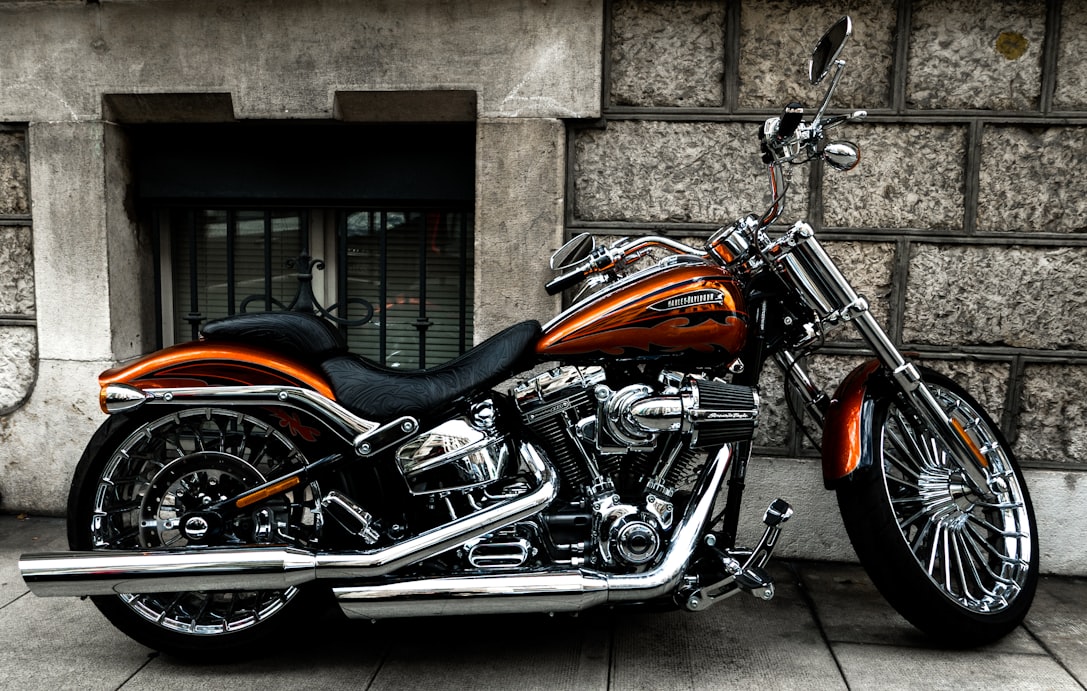If you fancy motorbikes, you know the attention it brings. The allure seems almost overpowering, especially when it is a classic. The consensus among motorcycle enthusiasts is that any motorcycle over 25 could be considered a classic. Still, some enthusiasts also hinge their definition on the appearance or design of bikes.
Some bike lovers keep well away from modern-day bikes. Even though their high-tech features and state-of-the-art creature comforts. Instead, they prefer older, vintage/classic bikes that bring back memories of simpler times.
Some of the most popular classic bikes came from British, Japanese, and European makers. Let’s discuss them briefly.
Old British Bikes
For most contemporary bike lovers, British bikes quickly come to mind when we think of a ‘classic bike.’ An old Norton Commando, Triumph Bonneville, or BSA Gold Star, with decent performance, slightly ropey electronics, yet satisfying design.
If you’re dabbling into the classic scene for the first time, it makes sense to keep things a bit mainstream. Sticking to the big three of BSA, Triumph, and Norton will make your life easier when you need to find spare parts, advice, specialist servicing, and the like.
Japanese Classics
Ah. Time flies and early Japanese motorcycles undeniably now fall into the category of classics, especially for riders in their 40s, 50s, and 60s. Japanese motorcycles started giving the old British bikes a run for their money in the 1960s. Their domination of the race track came soon afterward.
According to the experts at timeless2wheels.com, the very first Japanese bikes are extremely rare now – things like the Honda 250 Dream of the 1960s or a Yamaha YDS-3 250 two-stroke from 1964 did not sell in large numbers, so they are unlikely to pop up on your local dealer’s site. It is biking from the mid-70s – like Kawasaki Z900/1000, Kawasaki Two-Stroke Triples, and Suzuki Two-strokes – which are likely to make good classic buys.
European Classics
If you don’t feel British and Japanese bikes, then you will love some Euro classics. The big names like BMW, Moto Guzzi, and Ducati were making some proper bikes back in the 1970s and 80s, while the now-defunct firms like Laverda were much more significant.
Tips to Running a Classic Bike
If you eventually get yourself a classic, here are a few tips to help you enjoy it to the fullest:
Tires
Riding a classic bike means using classic tire sizes – and they hardly come in the modern tire models. Older bikes from the 1960s and 70s will often use imperial-sized rubber-like 3.00 x 18. That’s a three-inch wide tire on an 18-inch diameter rim, with a 100% aspect ratio. Similarly, the tire sidewall is around three inches high.
Modern metric sizes use millimeters for the tire width, but you should stick with inches for the rim diameter. So a 100/90 18 tire is 100mm wide, with a sidewall height 90% of the width – 90mm, obviously – and will fit an 18-inch wheel.
We like the classic tire fitments from Avon and Metzeler, while Dunlop, Bridgestone, Michelin, Pirelli, and Continental also make great options in classic bike sizes.
Electrics
Some classic bikes employ a six-volt electrical setup, which is much less useful than a 12-volt system. It is possible to upgrade to a 12-volt system, but you’ll need to replace the alternator/generator, regulator/rectifier charging circuits, battery, lights, and horn, plus the ignition system. A lot of work, but well worth it.
Brakes
Careful lubing and adjustment of cables and cam lever arms, new brake shoes, and new inner drum surfaces will help to get the best out of your brake drum setup. Later Japanese classic bikes may allow the installation of calipers and other components from older models. For example, the six-piston Tokico calipers used on some Kawasakis and Suzukis in the 1990s can seize up and generally give a weak performance.
The four-piston Nissin calipers used on the Suzukis and Triumphs fit straight on and provide much better stopping power.
Suspension
Fitting uprated springs and changing the oil for a slightly heavier weight can often help matters on old damper-rod forks with front forks. Replacing newer cartridge-style units might also be an option worth exploring.
With rear dual shocks, a simple replacement is usually a superb option. You can track down new-old-stock shocks if you want to keep your old Z1000 looking sharp, or you can opt for a high-performance upgrade in the form of some Öhlins or similar units.
It’s also worth checking the swing arm linkages on old mono-shock bikes: the bearings, bushes, and seals all degrade over time. Full service with new bearings and loads of lovely fresh grease will transform a saggy back end.
So if you’re considering getting a classic bike or you have one already, follow the simple steps above, and you’ll be sure to enjoy a blissful ride with your bike.


